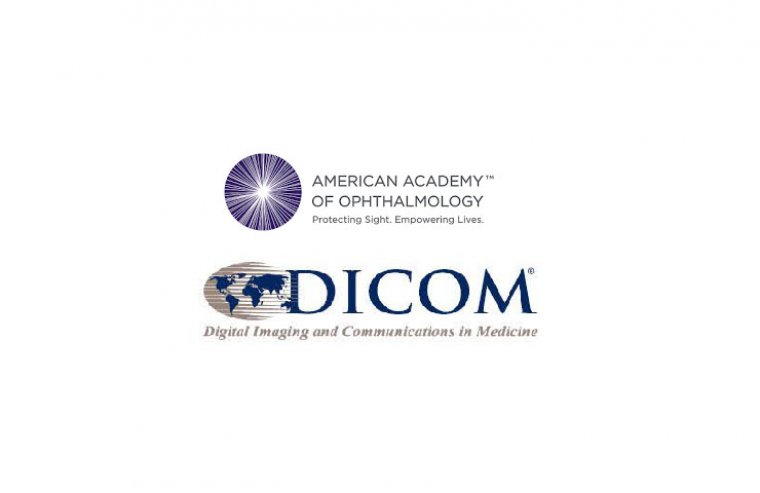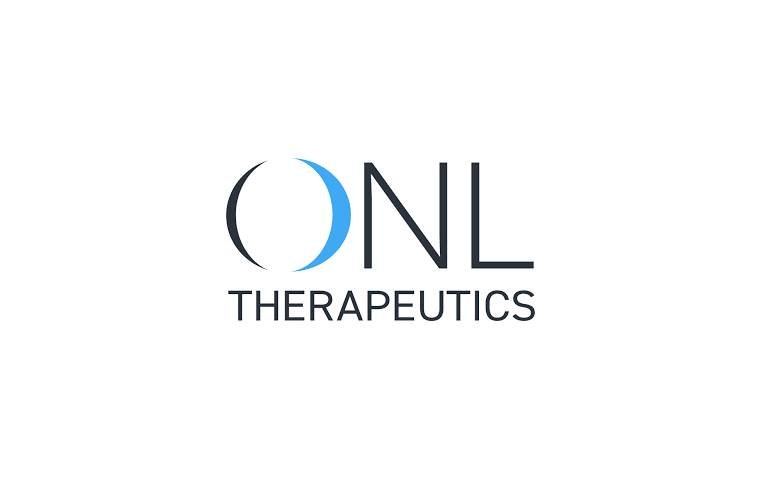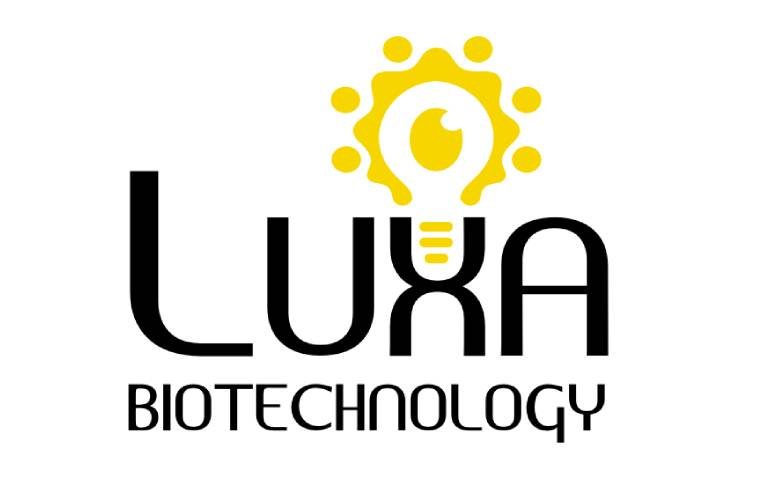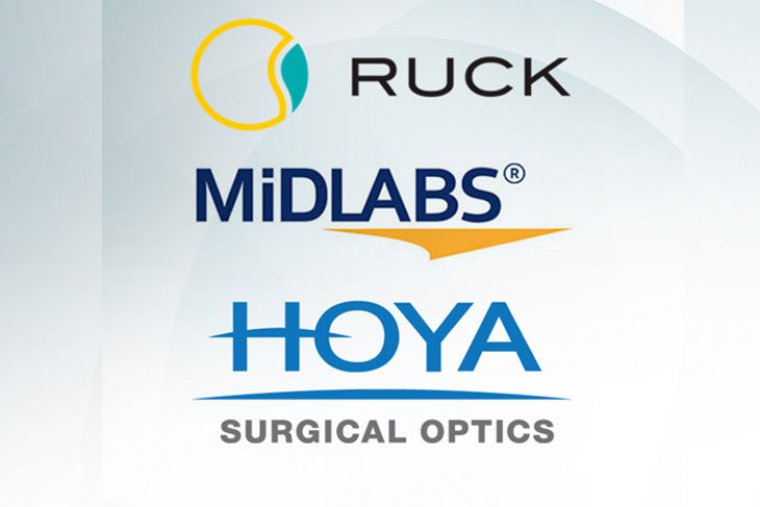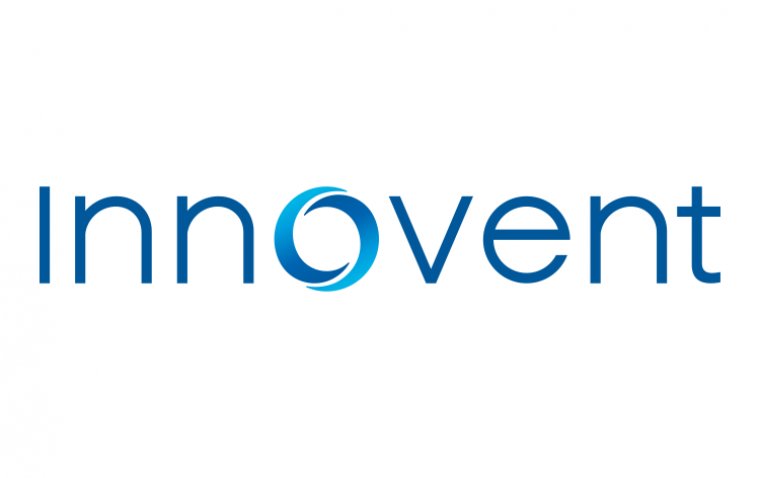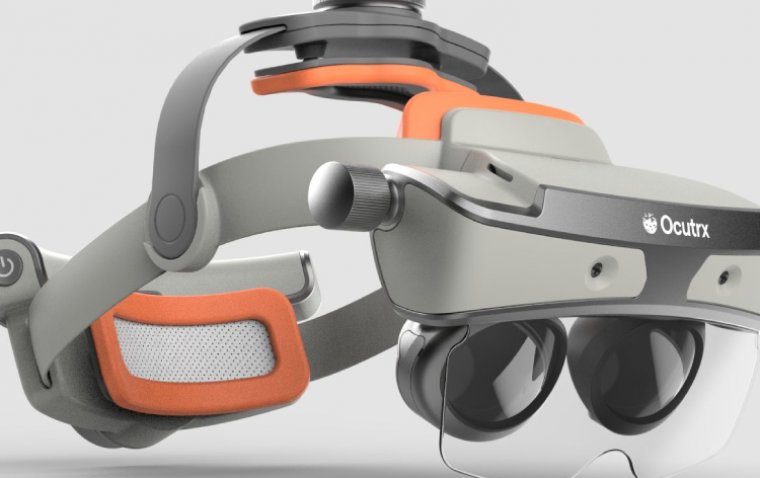
USC Researchers Secure $6 Million CIRM Grant to Develop Dry AMD Therapy
The California Institute for Regenerative Medicine (CIRM) has awarded a $6 million, two-year grant to researchers at the USC Dr. Allen and Charlotte Ginsburg Institute for Biomedical Therapeutics and the USC Roski Eye Institute. This funding will advance preclinical studies for a novel treatment targeting dry age-related macular degeneration (AMD), a leading cause of blindness in older adults.
Tackling Dry AMD: A Growing Challenge
Dry AMD affects approximately 16 million Americans and is caused by damage to the retinal pigment epithelium (RPE)—cells that support the retina's photoreceptors. These RPE cells are vital for nourishing and regenerating the rods and cones responsible for converting light into visual signals for the brain.
Dry AMD, typically diagnosed in individuals over the age of 50, is incurable and can lead to legal blindness. Current treatment options, such as vitamin supplements and immune-modulating therapies, can only slow disease progression.
“Nothing currently halts or reverses the disease, and many patients progress to blindness,” said Mark Humayun, MD, PhD, Professor of Ophthalmology and Biomedical Engineering at USC.
“If we can develop this injection to stop progression or improve vision, it would be amazing for patients.”
A Novel Approach: Stem Cell-Derived RPE Therapy
USC’s innovative approach involves injecting a mixture of restorative, anti-inflammatory, and antioxidant compounds secreted by stem cell-derived RPE cells. This treatment aims to address dry AMD in its earlier stages, potentially improving outcomes and reducing the progression of vision loss.
Building on a Legacy of Success
This project builds on prior work by Humayun’s team, which developed an implantable RPE patch made from stem cells. Supported by CIRM since 2010, the RPE patch has shown promise in mid-stage clinical trials. The secreted fluid from the patch, or “secretome,” demonstrated benefits to retinal cells beyond the immediate area, leading to the current therapy's development.
“CIRM has been crucial to our work,” Humayun said. “California is leading the way in stem cell research thanks to public investment.”
The new grant will allow researchers to further explore the secretome’s therapeutic potential and advance the treatment toward early-stage human trials.
Preparing for Clinical Trials
The USC team is accelerating progress toward clinical trials:
• FDA Collaboration: Preliminary discussions with the FDA have already begun.
• Manufacturing Readiness: Certified partner facilities are prepared to ensure compliance with FDA-regulated Good Manufacturing Practices (GMP).
The new therapy complements the existing RPE patch, targeting earlier stages of dry AMD, while the patch addresses more advanced disease stages.
“Essentially, we get two shots on goal from the same product,” Humayun explained.
Cross-Disciplinary Innovation
USC researchers are collaborating with bioengineers and AI experts from the USC Viterbi School of Engineering to optimize the therapy. Artificial intelligence will help refine the secretome’s therapeutic potential by analyzing genetic variations to maximize efficacy.
“USC’s culture of collaboration allows us to explore the possibilities across disciplines,” Humayun said.
A Visionary Leader
Mark Humayun, recipient of the National Medal of Technology and Innovation, is renowned for his groundbreaking contributions to vision restoration, including the Argus II retinal prosthesis (“bionic eye”), which restored limited vision to hundreds of blind individuals after its FDA approval in 2013.
For Humayun, the work is deeply personal:
“There’s no other feeling quite like helping restore sight to someone who is blind. Professionally, it’s the ultimate achievement, and personally, it’s meaningful given my grandmother’s blindness.”
Advancing the Fight Against Blindness
This groundbreaking effort by USC researchers, backed by CIRM, holds the promise of revolutionizing dry AMD treatment, offering hope to millions affected by this devastating disease.
Reference:
$6 million grant drives potential treatment for common cause of vision loss toward the clinic. Newsroom. Published November 20, 2024. Accessed November 21, 2024. https://keck.usc.edu/news/6-million-grant-drives-potential-treatment-for-common-cause-of-vision-loss-toward-the-clinic/
(1).jpg)
